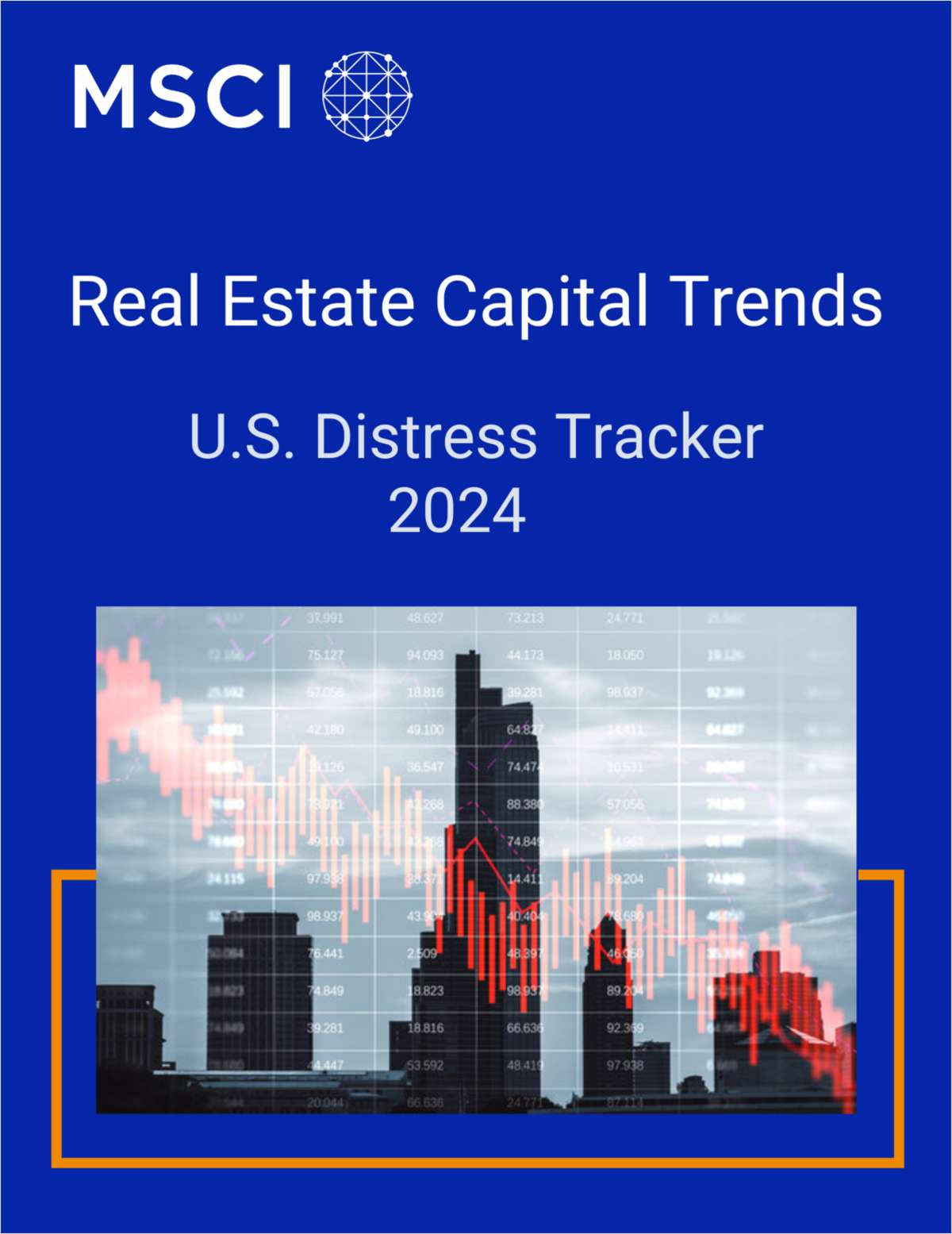“Low interest rates, a volatile stock market, expectations of an improving economy and a cyclical bottoming for commercial real estate fundamentals should drive investment activity and values higher.” This statement, not too far off from the current mood of the market, was the industry sentiment in 2002 as the United States began to recover from recession, the 9/11 tragedies and corporate scandals. Five years later, the composite index of commercial property values had soared 53%, an unprecedented and unsustainable trend driven by unusual – and eventually – damaging factors.
The investment market drivers for the past decade may provide some guidance as to what may unfold in the future. The underlying hope is for a return to fundamentals-based capital flows leading to less volatility and a more orderly creation of value in the markets. History tells us that markets are seldom orderly, so what is in store for investors over the next few years? Competition among capital sources in a low-yield environment led to dangerously lax underwriting standards across all assets, particularly in the U.S. real estate market. CRE sales volume nearly tripled from 2000 to 2007, pushing the overall price index up 60%. The Great Recession followed shortly thereafter, causing a 79% drop in sales volume and an estimated 40% drop in values on average from peak to trough. As a result, the lending pendulum swung too far to the extreme, shutting off credit to consumers and businesses all over the world. Broader availability of financing is needed to normalize the economy and real estate markets.
The threat of bubbles is still a major concern as the dramatic movement of capital in and out various assets continues. Recently, worries about the bond, gold and raw materials markets have dominated headlines, and as the tide between risk and opportunity ebbs and flows capital rotation could be radical at times. CRE is not immune to these flows and as it gains broader favor, prices will appreciate with, sometimes with extreme unevenness. Competitive and improving cash yields will become a major draw as will the advantage of real estate as an inflation hedge once the recovery kicks into gear. However, differentiation of pricing by quality and fundamentals-based rent growth projections among lenders and buyers are likely to remain part of the equation. Adding new supply will be more difficult and expensive in the next cycle, especially for the harder-hit segments: office and retail and assets located in secondary/tertiary locations While this will not prevent mini bubbles, it should support the case for a rising but smoother value-trend line over the next 5 to 7 years.
Continue Reading for Free
Register and gain access to:
- Breaking commercial real estate news and analysis, on-site and via our newsletters and custom alerts
- Educational webcasts, white papers, and ebooks from industry thought leaders
- Critical coverage of the property casualty insurance and financial advisory markets on our other ALM sites, PropertyCasualty360 and ThinkAdvisor
Already have an account? Sign In Now
© 2024 ALM Global, LLC, All Rights Reserved. Request academic re-use from www.copyright.com. All other uses, submit a request to [email protected]. For more information visit Asset & Logo Licensing.








